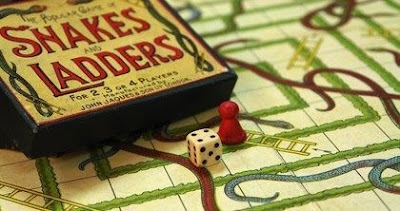Consecration - The most important aspect of a temple
Consecration
The most important aspect of a temple is the energies of its deity. The process of enshrining this energy in such a way that it is available to the visitor is called the prathista or the consecration. Basically, there are two kinds of consecration processes - mantra prathista and pranaprathista
When consecration is done through chanting of certain mantras ¹ and performing certain yagas and yagnas ², it is called mantra prathista. Deities so consecrated constantly require poojas and other rituals to maintain its energies. In contrast, pranaprathista is done in such a way that the energies are locked. The deities, then, maintain their energies at a constant level and do not require performing of rituals or any means of re-energizing
In the Dhyanalinga, through an intense process of pranaprathista, energies of all the seven chakras ³ were raised to the very peak and locked to prevent dissipation over time. Hence there are no poojas or rituals in the Dhyanalinga. It is expected that the energies of the Dhyanalinga will not suffer dissipation for at least 5000 years.
At the base of the Dhyanalinga is a tub filled with etheric substances, called the 'Veeryasthana', comprising mainly mercury solidified through methods of Indian alchemy. There is a cylindrical column at the center of the Linga about one inch in diameter, called the LingaRandra, which contains a copper tube filled with mercury, called theLingaDanda.
The consecration process lasted over three years and people involved in the consecration underwent intense sadhana, overcoming the limitations of the body and the mind to energize the Dhyanalinga. The practices and processes took them to realms beyond the physical and mental dimensions. They sustained certain states of samadhi, where contact with the body was minimal. They also embarked on aKarmaYatra across different parts of the country, where their past bondages were dissolved in heightened levels of awareness.
Usually, during pranaprathista, people involved in the consecration use their own physical and energy bodies as tools for the process of the consecration. As a result, it becomes difficult for the people involved in the consecration to retain their physical bodies after the consecration process is over.
The consecration of the Dhyanalinga took a heavy toll on Sadhguru's body. Until the very end of the process it was not guaranteed that Sadhguru would retain his physical body. Finally when he did, it was a much-damaged body that he was left with. Doctors and specialists could not make out the cause of the damage or suggest any course of remedy. Ordinarily, they would classify some of the conditions that they came across in Sadhguru's medical reports as impossible or clubbed under the generic category - cancer. Subsequent test reports seldom showed adherence to any predicted pattern and left the doctors baffled as to how he was even alive.

Comments
Post a Comment